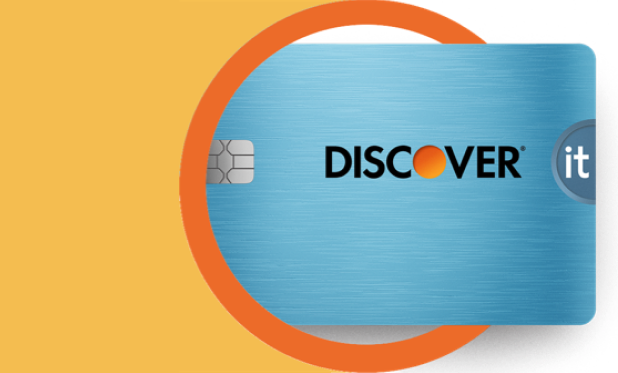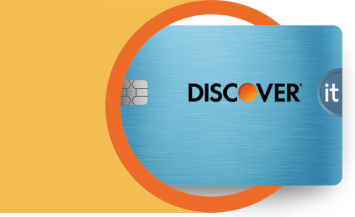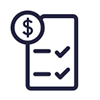If you’re struggling with credit card debt, a credit card debt relief program might help. These debt relief programs can help you reduce or pay off your outstanding credit card balances.
There are several types of debt relief programs. The one that’s right for you depends on the amount of debt you have, your credit score, and whether you can repay the full amount.







